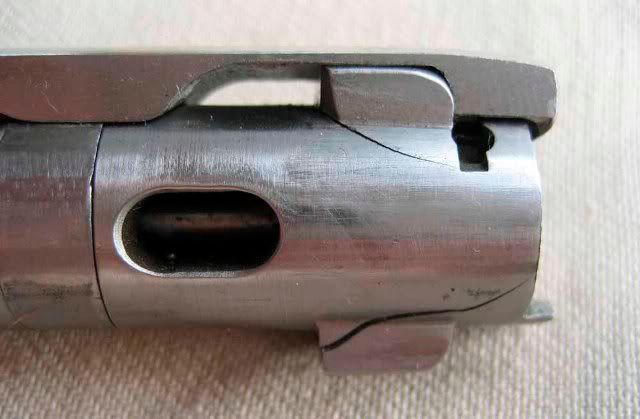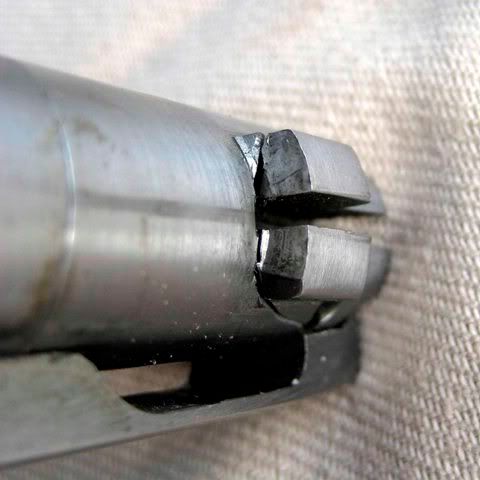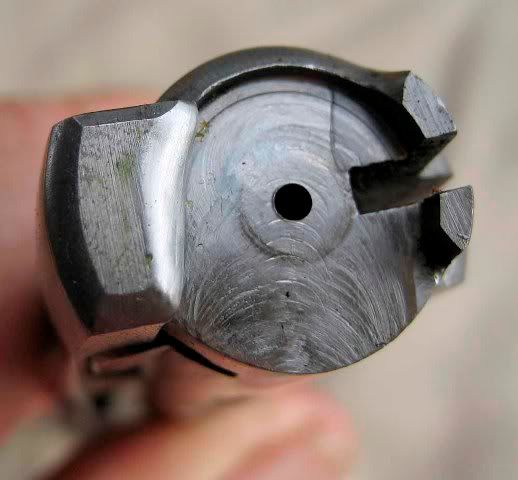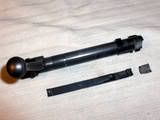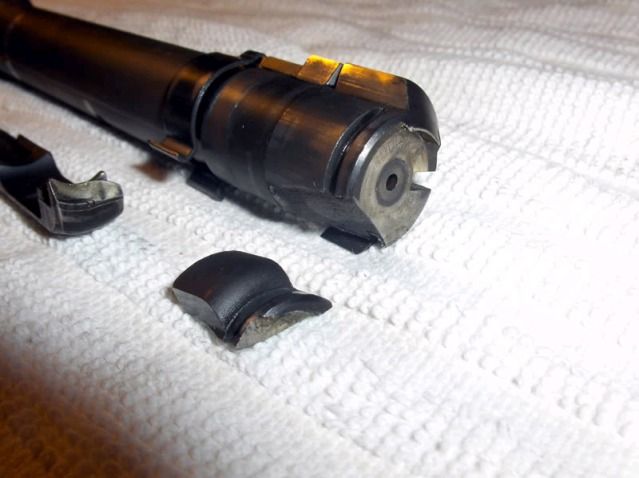TimSr
Then you have .25 acp where 1 grain over max would be a double charge.
Cartridge brass is C26000 [ 70% copper, 30% zinc] temper H06 [extra hard] that has a tensile yield at 65,300 psi.
But as a cartridge case it is not a simple shape and is not just in tension. To calculate the stress on a case to predict the pressure at which the primer pocket will get loose, the accurate way to do it is with Von Mises calculations.
https://en.wikipedia.org/wiki/Von_Mises_yield_criterion
If we do that for various cartridges and compare it to the registered SAAMI max average pressure, we see we live in some kind of Bizarro world where things may be the opposite of expectations.
https://en.wikipedia.org/wiki/Bizarro_World
The hierarchy I have found through experiment along with a theory freind has calculated with Von Mises calculation:
Starting at the weakest going to the highest strength:
10mm
25acp
7.62x39mm Large Boxer primer pocket
.
Mauser case head with Large Boxer [22-250, 30-06, etc.]
.
Belted magnums
.
222 Win case head [223 rem]
--------------------------------
So strong it does not matter below this line
-----------------------------------
6mmBR [small Boxer]
.
30-30 [despite the nonsense in the Speer load book]
.
.
32 S&W [ strongest case known to man, registered at 15 kpsi]

